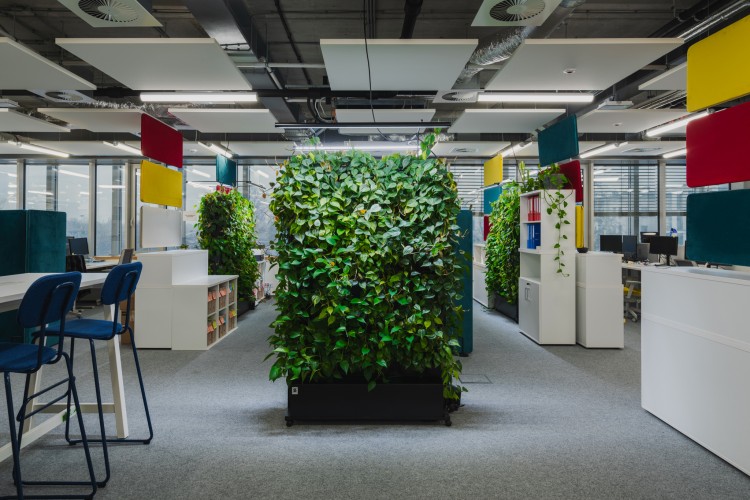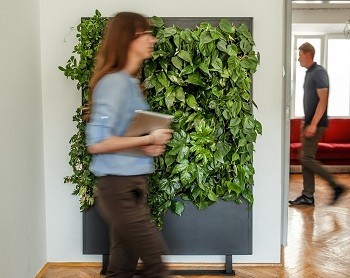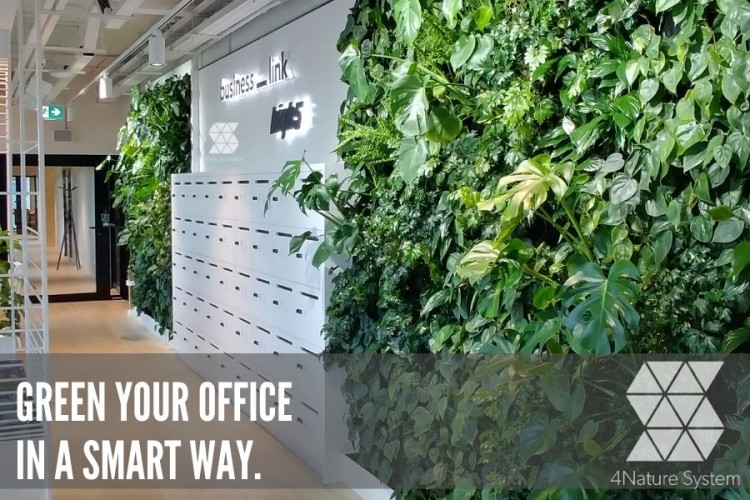Neurodiversity and business: how to unlock potential?

The issue of neurodiversity has become an extremely popular topic in recent years. The number of scientific papers devoted to this subject is growing, and Google and social media statistics show a clear increase in interest among Internet users. We are looking for information on neurodiversity and its impact on everyday functioning, including in the workplace. Gaining knowledge in this area is the first step towards greater awareness, a better quality of life, professional effectiveness, and better business.
WE ARE ALL NEURODIVERSE
What is neurodiversity? The term, derived from the words neurology and diversity, refers to the natural variation in human minds, which encompasses the full spectrum of how the human nervous system functions and develops. The nervous system (including the senses and the brain) plays a key role in human functioning. It fundamentally influences how we take in information from our surroundings and how we respond to stimuli. Decision-making, thinking styles, attention mechanisms, and movement patterns are all related to our nervous system and affect behaviors in areas such as sociability, learning, concentration, and mood.
Not so long ago, in the 1990s, scientists considered neurodiversity mainly in the medical context of disorders and diseases, stigmatizing an approach to something that is absolutely natural for humans. Today, we understand that we are all neurodiverse, and from a neurobiological point of view, each of us is unique.
NEUROATYPICAL AND UNIQUE
We could end here. Unfortunately, understanding of neurodiversity, including its impact on the experience of office space and related professional effectiveness, is only just gaining momentum. This includes understanding that we can distinguish between neurotypical and neuroatypical groups in society. The latter group, although smaller, accounts for 15-20% of the population. In neurotypical people, neurological development proceeds typically, while in neuroatypical people, it deviates from the norm. It may be associated with a diagnosis of autism spectrum disorder (ASD), ADHD, or IPD, i.e., information processing disorders (manifesting as dyslexia, dyscalculia, or dysgraphia). Difficulties in social communication at work, problems with maintaining attention, psychomotor hyperactivity, difficulties in organization or time management are just a few examples of challenges that affect the everyday lives of neuroatypical individuals, but also the everyday lives of those who employ workers exhibiting characteristics typical of neuroatypicality.
Deepening our knowledge of different ways of dealing with such challenges is an opportunity not only to increase respect for neurobiological differences and understanding of people’s different needs, but also to build supportive work environments. Specific recommendations and a set of best practices in this area provide a basis for architects designing office spaces, business representatives, project managers, and people in companies whose decisions affect the shape and quality of office design.
UNDERSTANDING NEEDS, UNLEASHING POTENTIAL
Neuroatypicality is not only about struggling with challenges, it also offers a range of opportunities: greater sensory sensitivity in the visual modality, which allows one to see details invisible to others, the ability to hyper-focus, increased creativity, innovative thinking, a tendency towards verbal communication, and the ability to delegate. There are countless examples of the strengths of employees with ASD, ADHD, or IPD—the key is to create the right work environment in which these groups can function freely. Let’s think about it: people with characteristics typical of neuroatypicality make up as much as 20% of the population, including employees with great potential, which is important from the perspective of many businesses. Companies whose office space is not friendly to neurodiversity are missing out on the opportunity to recruit talent.
Is refitting or designing office space from scratch with employee neurodiversity in mind a challenge? Yes, it is. However, it is within the reach of many organizations, and the number of people specializing in architecture that promotes diversity in thinking and working styles is growing. At 4Nature System, we are interested in such projects, especially since biophilic design, living vegetation, green partitions, and mobile solutions are important elements of comfortable offices, both for neuroatypical people and those who function in a typical, albeit diverse, manner.
You can read more about experiencing workplace architecture in the article Neurodiversity and experiencing (office) space.
You can read about how to introduce greenery into an office designed with neurodiversity in mind in the article Biophilic design and green walls in a neurodiverse office.
Źródło: https://neuroinclusive.design/







